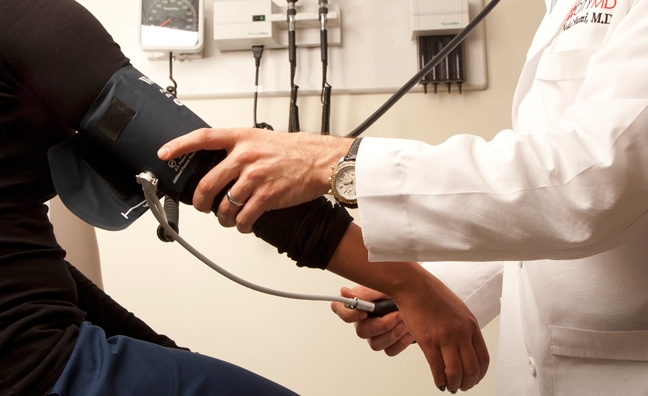More than 40% of U.S. may be obese by 2030
(These statistics are staggering!!! Eat right. Eat healthy. Be happy. Spread LOVE through cooking!)
Reprinted from Crain’s New York Business
The rate of obesity’s rise in America is slowing somewhat, even though a third of the population is already considered to be obese, and that figure is still expected to rise to 40% by 2030.
By Bloomberg News May 7, 2012 3:07 p.m

(Bloomberg) – The obesity rate may rise to 42% from about a third of the U.S. population by 2030 if nothing changes, according to a report.
Preventing that increase may save about $550 billion in medical costs over the next 20 years, Eric Finkelstein, the study author and an associate research professor at Duke University, said during a press briefing. The findings, presented Monday at the Centers for Disease Control and Prevention’s Weight of the Nation obesity conference, also suggest the surge in obesity may be slowing.
Two-thirds of U.S. adults are overweight and a third are obese, according to the Atlanta-based CDC. The findings predict that the number of people who are severely obese, or about 100 pounds overweight, will double to 11%. Those people are at the highest risk for health conditions caused by excess weight, including diabetes and heart disease.
“Obesity rates have been skyrocketing,” Mr. Finkelstein said. “If we can keep obesity rates flat, we save about $550 billion.”
Obesity is defined as having a body mass index of more than 30. A 6-foot tall adult man weighing 221 pounds (100 kilograms) or more is considered obese, as is an adult woman standing 5 feet, 6 inches tall weighing 186 pounds or more, according to the U.S. National Institutes of Health.
Previous studies had assumed the rate of change would remain the same over time, with obesity prevalence reaching 51% of the population by 2030. This study takes into account a number of variables including the cost of fuel, alcohol, fast food, the unemployment rate and changes in demographics.
New drugs and technologies, increased access to recreational facilities and a reduction in childhood obesity may help lower the obesity rate in the total population, the authors wrote in the study published today in the American Journal of Preventive Medicine.
Even a 1 percentage point decrease from the current trend would lead to 2.9 million fewer obese adults in 2030, about the same as the population of Chicago, according to the paper.
Read more: http://www.crainsnewyork.com/article/20120507/HEALTH_CARE/120509915#ixzz1uR1zUgta